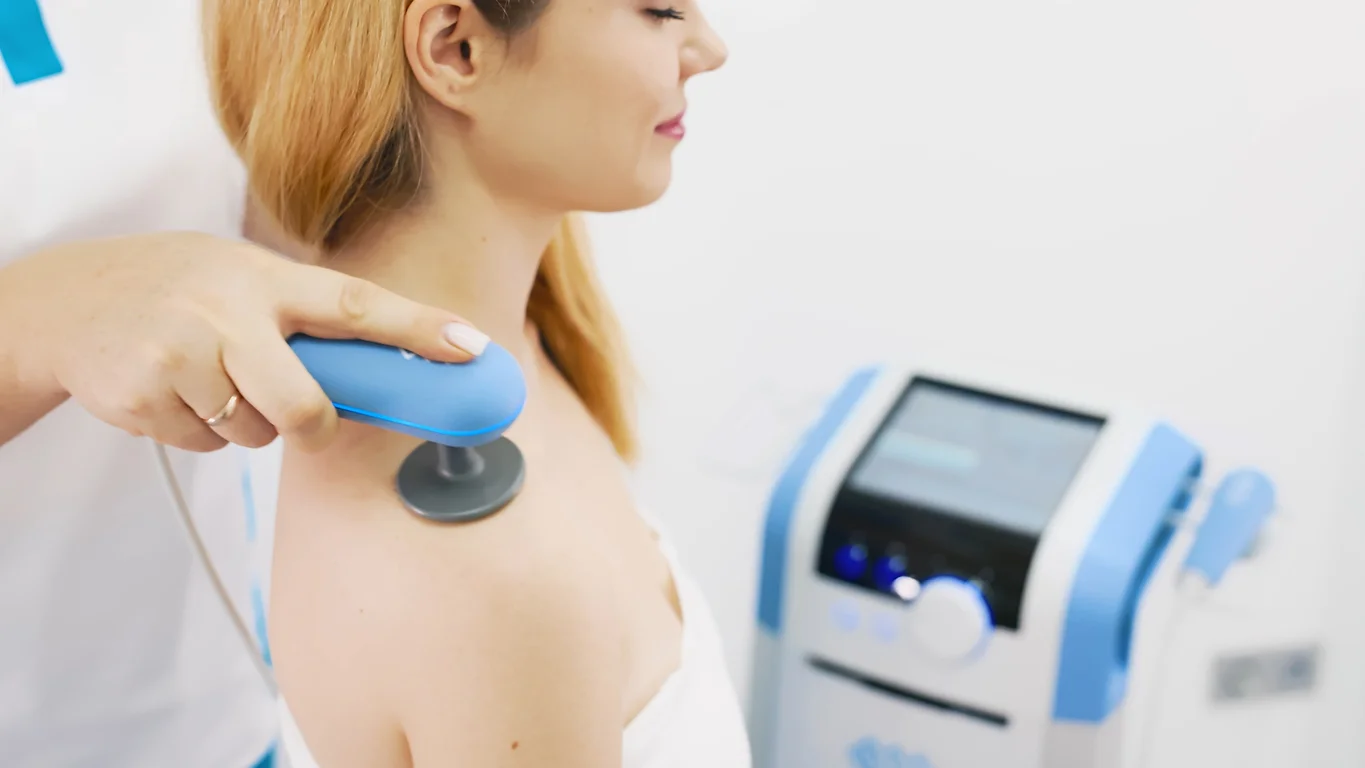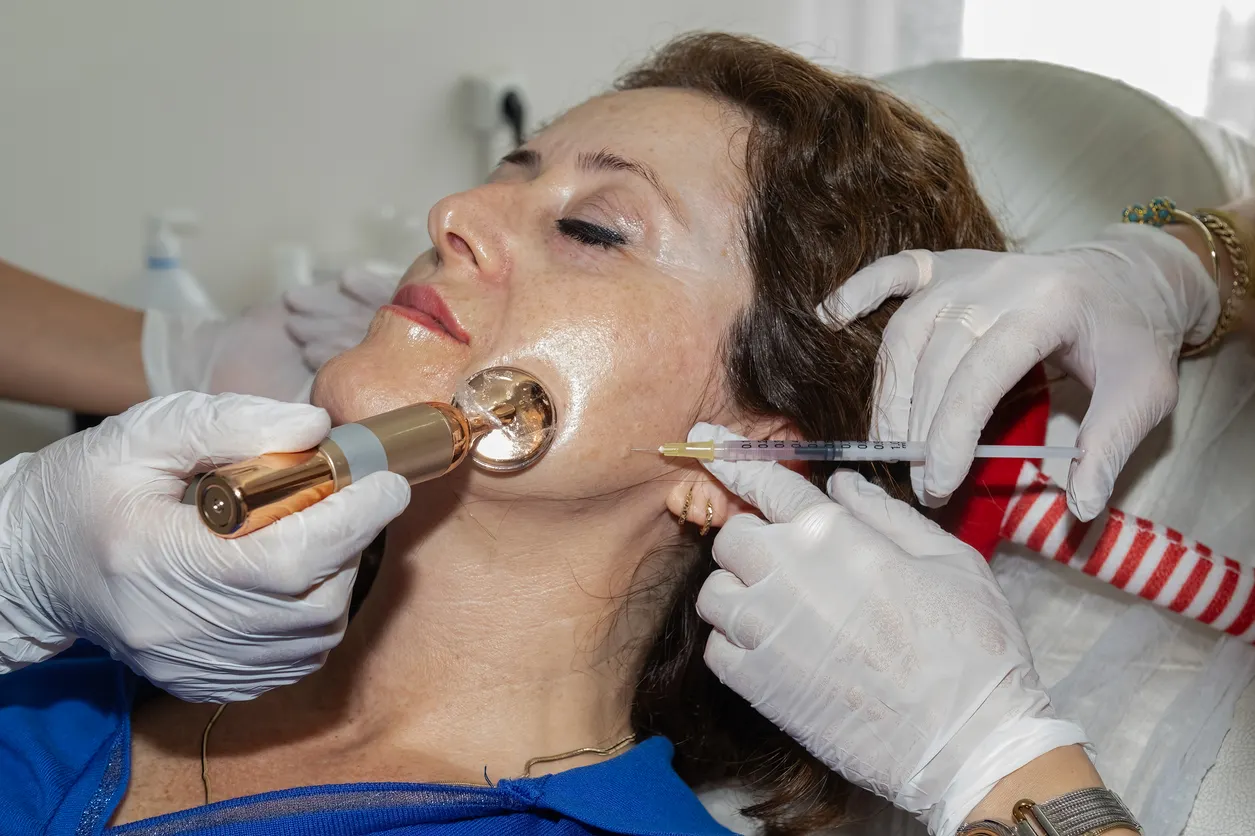The choice between Botox and dermal fillers is not just about smoothing wrinkles; it’s about understanding your skin and goals as an artist, as well as your budget. These injectable treatments are now well-versed in the field of cosmetic medicine, but they each serve a different purpose, act on other parts of the face and come with their own longevity and cost differences. So if you’ve been considering which treatment suits you best, this guide is here to help you with that decision before you book an appointment at a med spa NYC.
What Does Botox do Best?
Botox is best for dynamic wrinkles, arising from movements of your face. Think crow’s feet, those lines of frown between your brows and creases of the forehead. If your skin type is oily or prone to deeper expression lines because of a lot of facial movement, over time, Botox can help reduce the appearance of wrinkles and relax those muscles. It’s not about freezing your face–it’s about softening your expression and keeping your look natural.

When Is a Filler Better?
Dermal fillers — like hyaluronic acid — may be useful in regions with concerns about volume loss. Think under-eye hollows, smile lines or thinning lips. If your skin is drier or thinner and exhibits sagging or hollowness, fillers can help restore volume and give a youthful, plump appearance to your face. It’s also the option at a medspa NYC for creating contour cheekbones or, even without surgery, remapping the jawline.
How Long do Botox and Fillers Last?
Botox results last 3 to 4 months, but for most hyaluronic acid fillers, the results can be 6 to 12 months, depending on the type of product and the location where they are being treated. Some, such as Radiesse or Sculptra, last even longer. So if you’re looking for a low-commitment starter, maybe Botox is the way to go. But if you plan to make more permanent changes, then you’ll want to take your time to think about adding some filler.
What’s More Budget-Friendly?
The cost is an integral part of the decision. Botox costs by unit, and depending on how many different areas you aim for it seems like a cheaper alternative in the moment. Fillers, though, are generally sold through syringe with maybe higher prices, if you have bigger areas with them. The longer-term effect of these materials possibly counters the higher initial investment. If you’re actually budgeting for facial enhancements, consider how often you’d like to see each one added, what you hope to achieve with them, and whether your goals are maintenance-oriented.
Can You Combine Both?
Absolutely. A combination of treatments — sometimes referred to as a “liquid facelift” — uses Botox to soften lines on your face, and fillers to restore volume, to achieve a full facial rejuvenation without surgery. A lot of med spa NYC providers customize treatment plans based on how you look, facial anatomy, and your goals for beauty — so no one wants to pick one, and the other will fall flat on their plates.
What of Side Effects and Downtime?
Either procedure is minimally invasive with minimal to no downtime. You’re going to feel a bit swollen, red or bruised at the injection point but this usually will disappear within a day or two. Patients with sensitive or reactive skin types can talk to their provider to know what their skin will do, and what they should be doing for better planning and recovery.
Conclusion
Whether you want to eliminate fine lines (or get a better look) or reclaim youthful fullness, the differences between doing Botox and fillers are pivotal. How you have your skin, your budget and your cosmetic goals all influence which path to take. Do not be afraid to ask your provider if you want a personalized plan — the best outcomes come from treatments that are customised to you.






